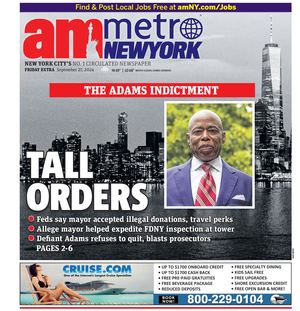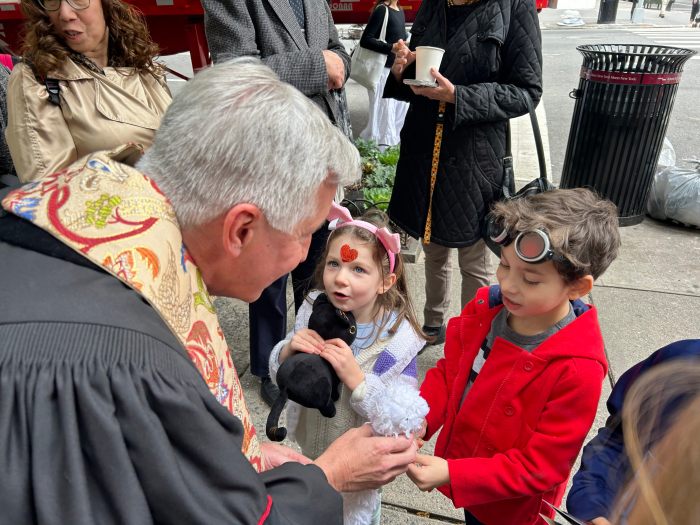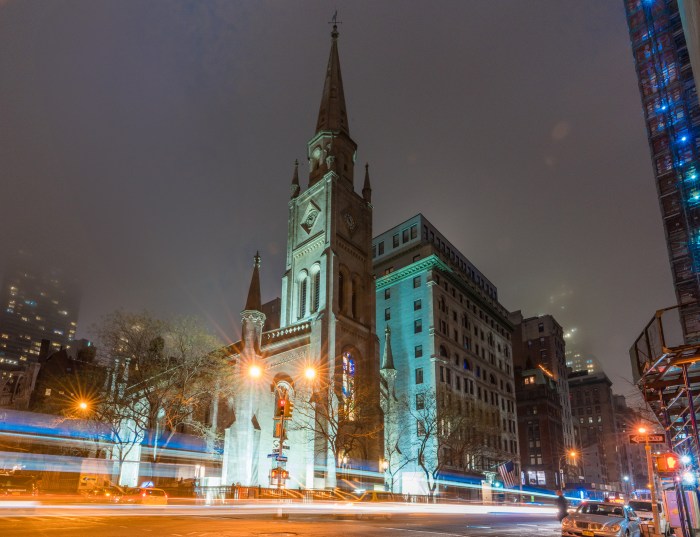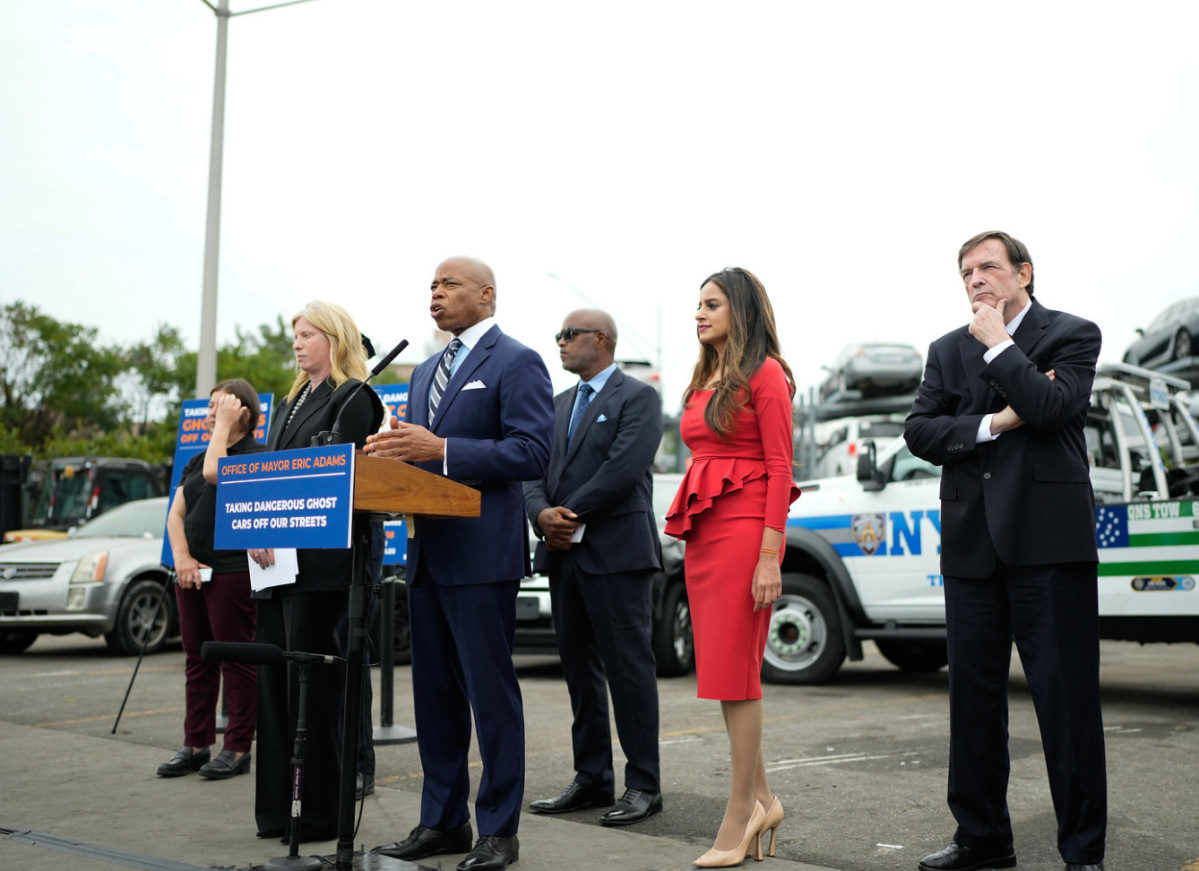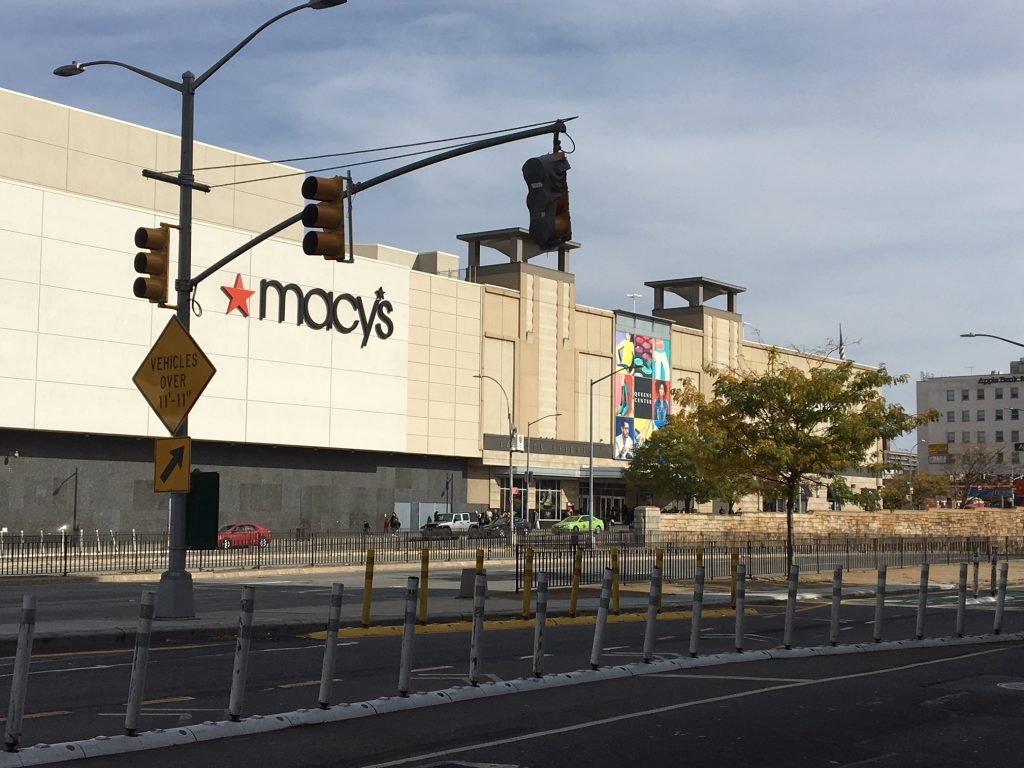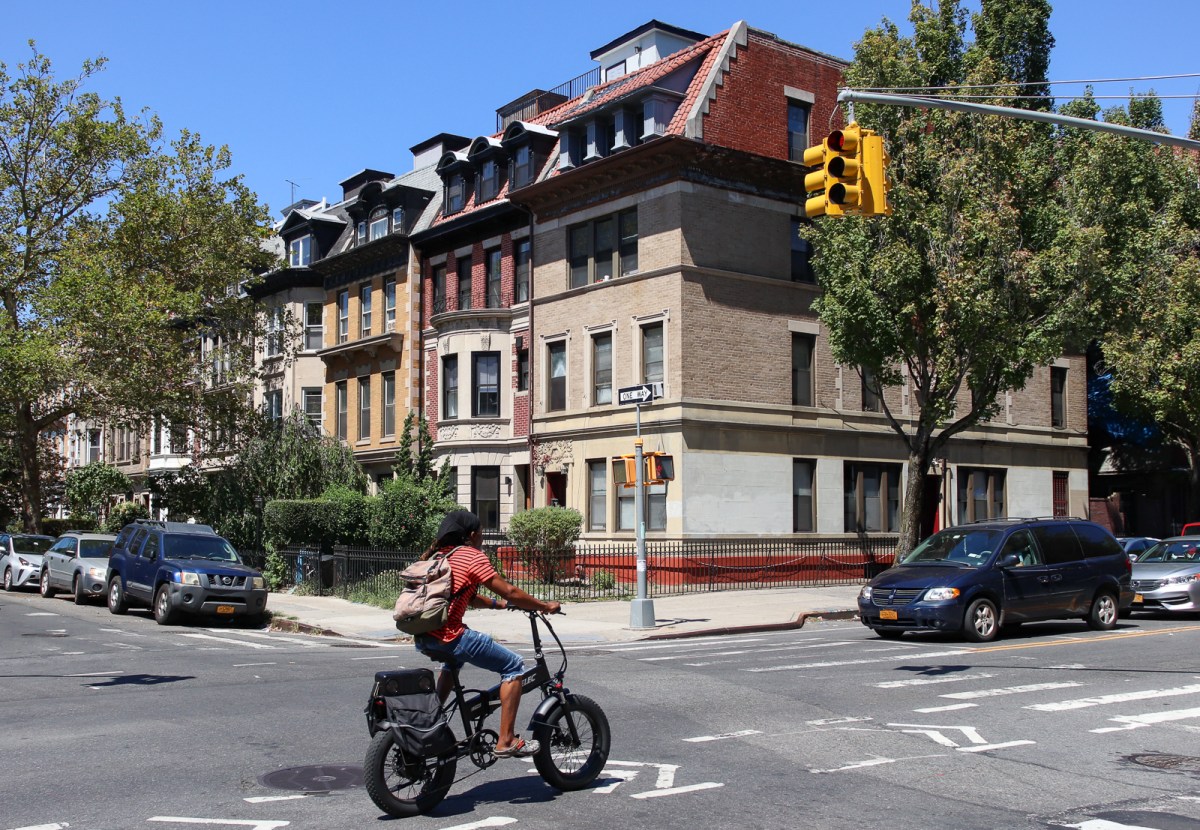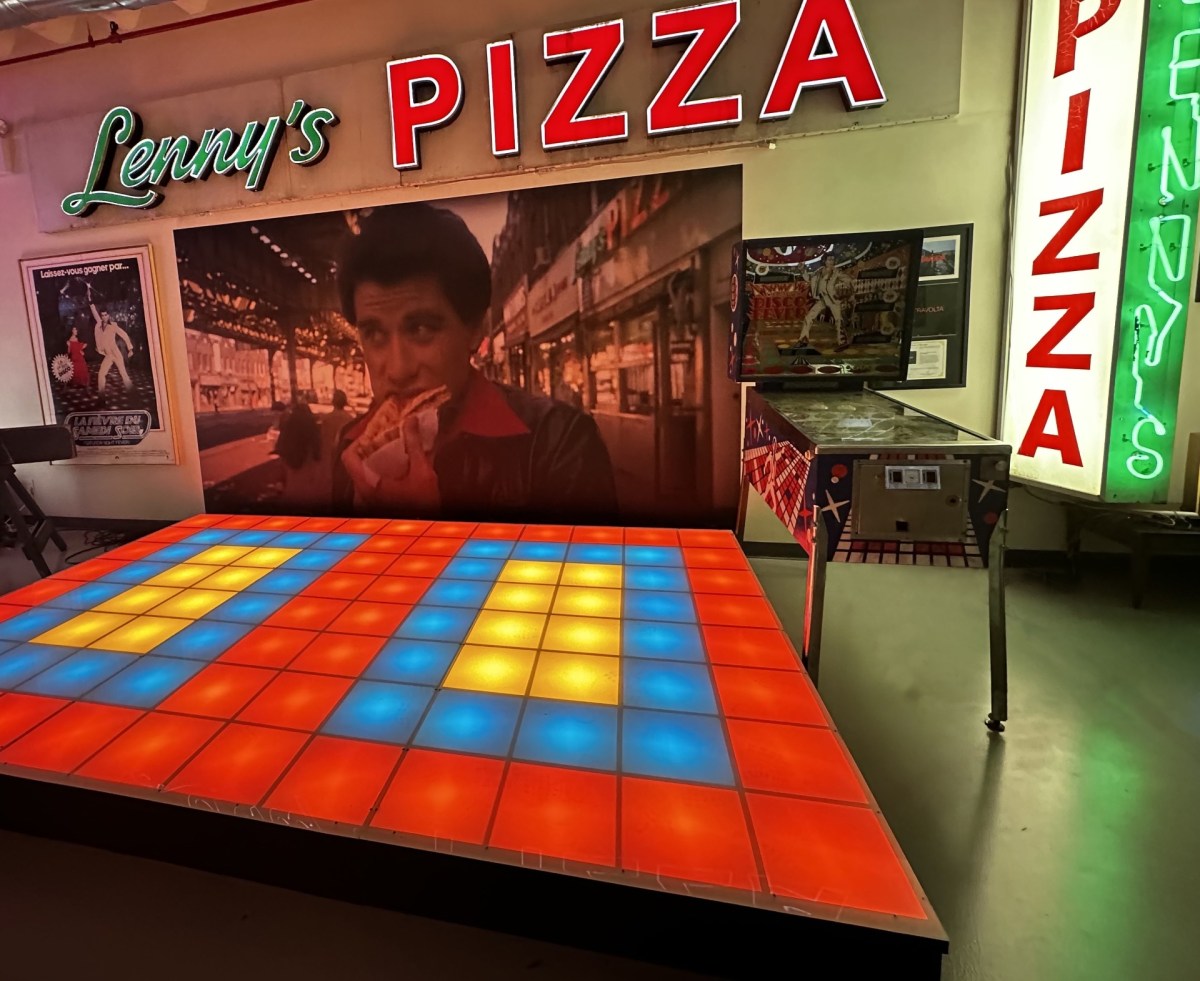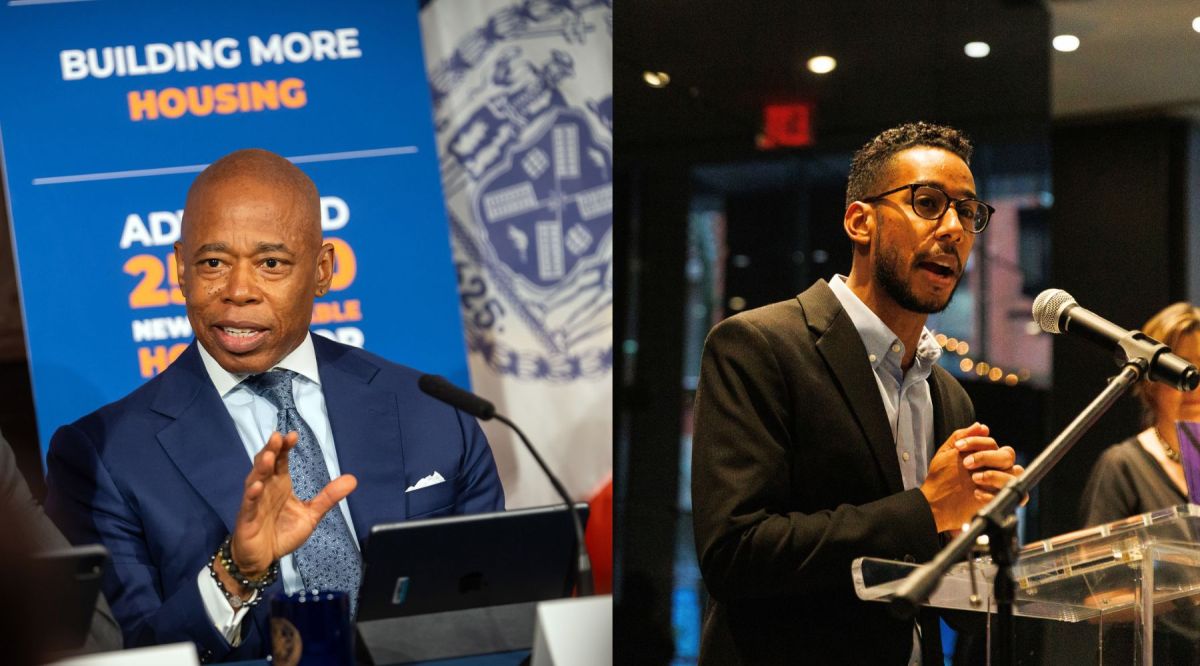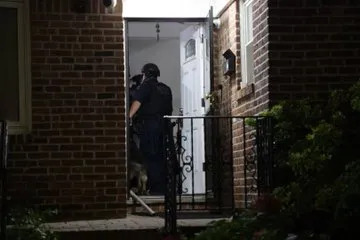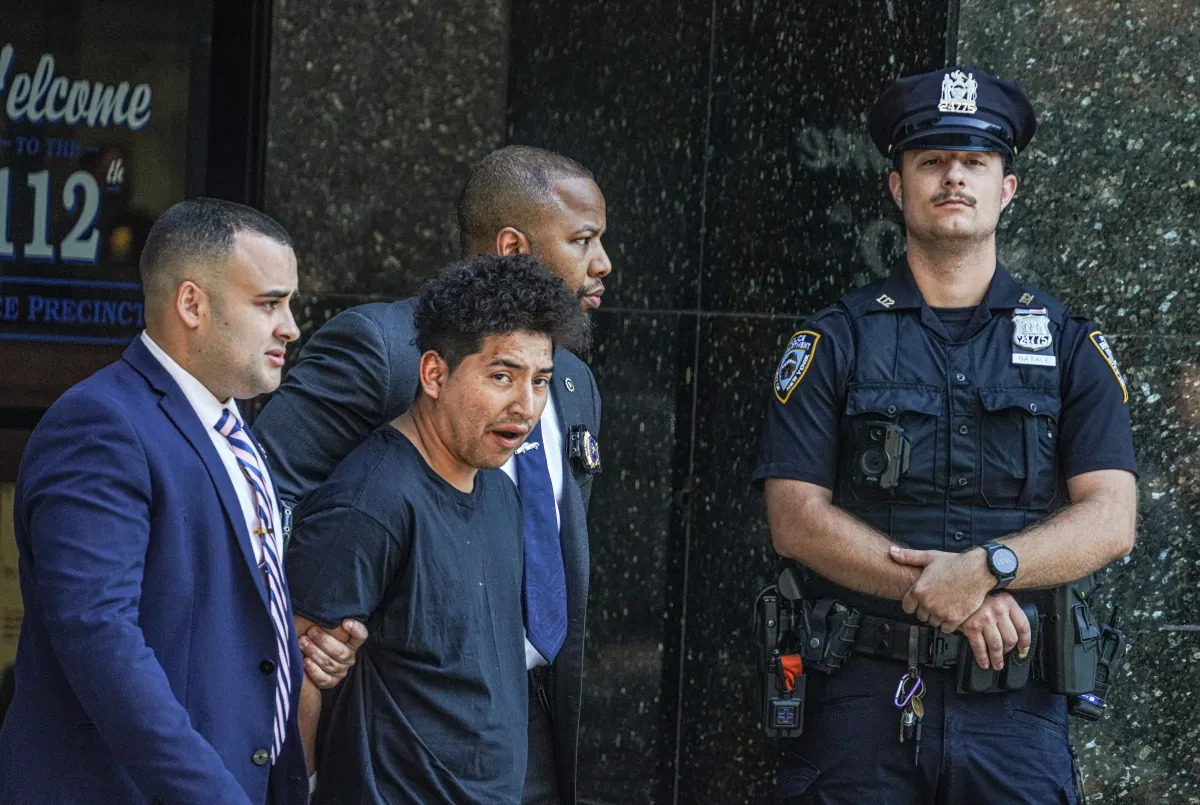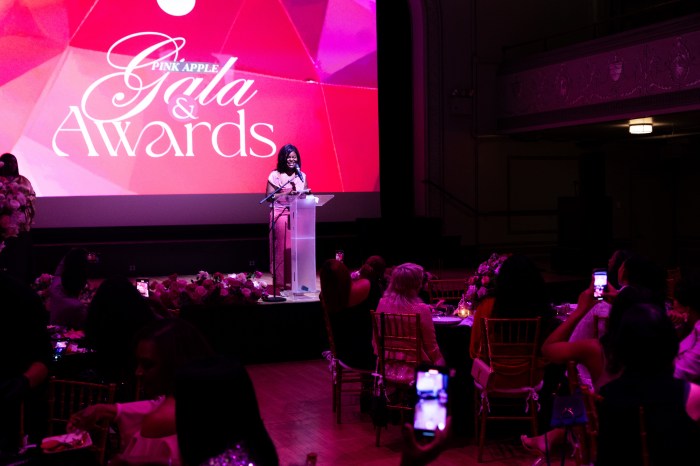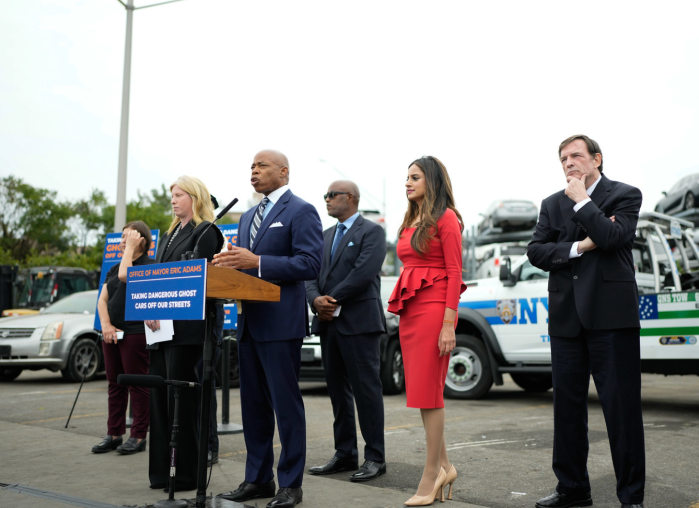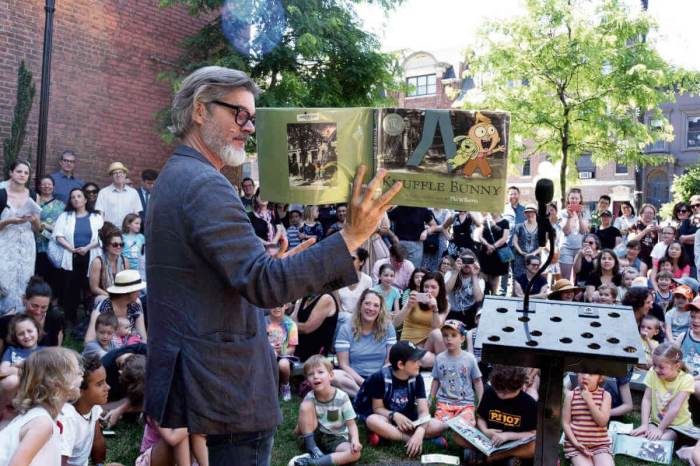By Albert Amateau
New York City Transit will hold a hearing on Thurs., Feb. 28, at The New School, 66 W. 12th St., on the proposed emergency ventilation plant for the Eighth and Seventh Aves. subway tunnels at the Mulry Square intersection of Seventh and Greenwich Aves.
The 6 p.m. hearing on the project draft environmental impact statement, or D.E.I.S., will focus on three alternative underground sites. The most likely site, designated as P1, is on existing New York City Transit property at 61 Greenwich Ave., where 9/11 memorial tiles cover the fence along Seventh Ave. S.
The three alternatives also include SB1, located in the street bed of Greenwich Ave. between Seventh Ave. S. and Perry St., and SB5 in the street bed of Perry St. between Greenwich Ave. and Seventh Ave. S.
The three sites were selected from nine potential sites as the ones with the least negative impact on an area that also faces the prospect of the redevelopment of St. Vincent’s Hospital — an enormous project whose construction schedule would overlap the ventilation plant construction period.
The St. Vincent’s/Rudin Organization project could begin in the middle of 2010, with the hospital construction taking two years and the residential redevelopment on the east side of Seventh Ave. only beginning after 2012.
According to the D.E.I.S. (available online at www.mta.info/nyct/), construction of the emergency ventilation plant is expected to begin in 2010 and, depending on the alternative chosen, would be completed by 2013, for alternative P1, or 2014 for alternatives SB1 and SB5.
But neighbors recall that a previous emergency ventilation project for the Sixth Ave. subway emergency ventilation plant on W. 13th St. stretching east and west of Sixth Ave. was scheduled to take three years but went on for nearly five years and was not completed until early last year.
The P1 alternative is the only one of the three preferred options that would require an aboveground structure, a 38-foot-tall ventilation tower, according to the D.E.I.S. But this alternative also has the potential for public space on part of the triangular property.
Of all the nine alternatives, P1, with an estimated cost of $79.5 million, would be the least expensive to build. The SB1 option would cost an estimated $96.3 million, and the SB 5 option would cost $95.7 million, according to the D.E.I.S. Both P1 and SB5 would have moderate impacts on traffic during construction, while SB 1 would have a major impact on traffic, according to the engineering analysis of the draft statement.
All three alternatives would require underpinning buildings during construction. The P1 alternative would require underpinning four buildings, two of which are historical. The SB 1 alternative would require underpinning six buildings, five of them historical. And SB5 would require underpinning 12 buildings, 11 of them historical, the D.E.I.S. says.
The plant would operate only during emergencies when ventilation is required in the Eighth Ave. subway segment between the W. Fourth St. and W. 14th St. stations, or in the Seventh Ave. subway segment between the Christopher St. and W. 14th St. stations.
In 1994, Metropolitan Transportation Authority/New York City Transit completed a ventilation study of all 252 subway tunnel segments in the system and assigned priorities, from 1, for the most critical, to 252, the least critical, for upgrading ventilation in the subway system.
The Eighth Ave. segment between W. Fourth and W. 14th Sts. has a priority index of 10 and the Seventh Ave. segment between Christopher and W. 14th Sts. has a priority index of 179. N.Y.C. Transit chose the location of the alternative sites in order to build a plant that could serve both segments, the D.E.I.S. says.
